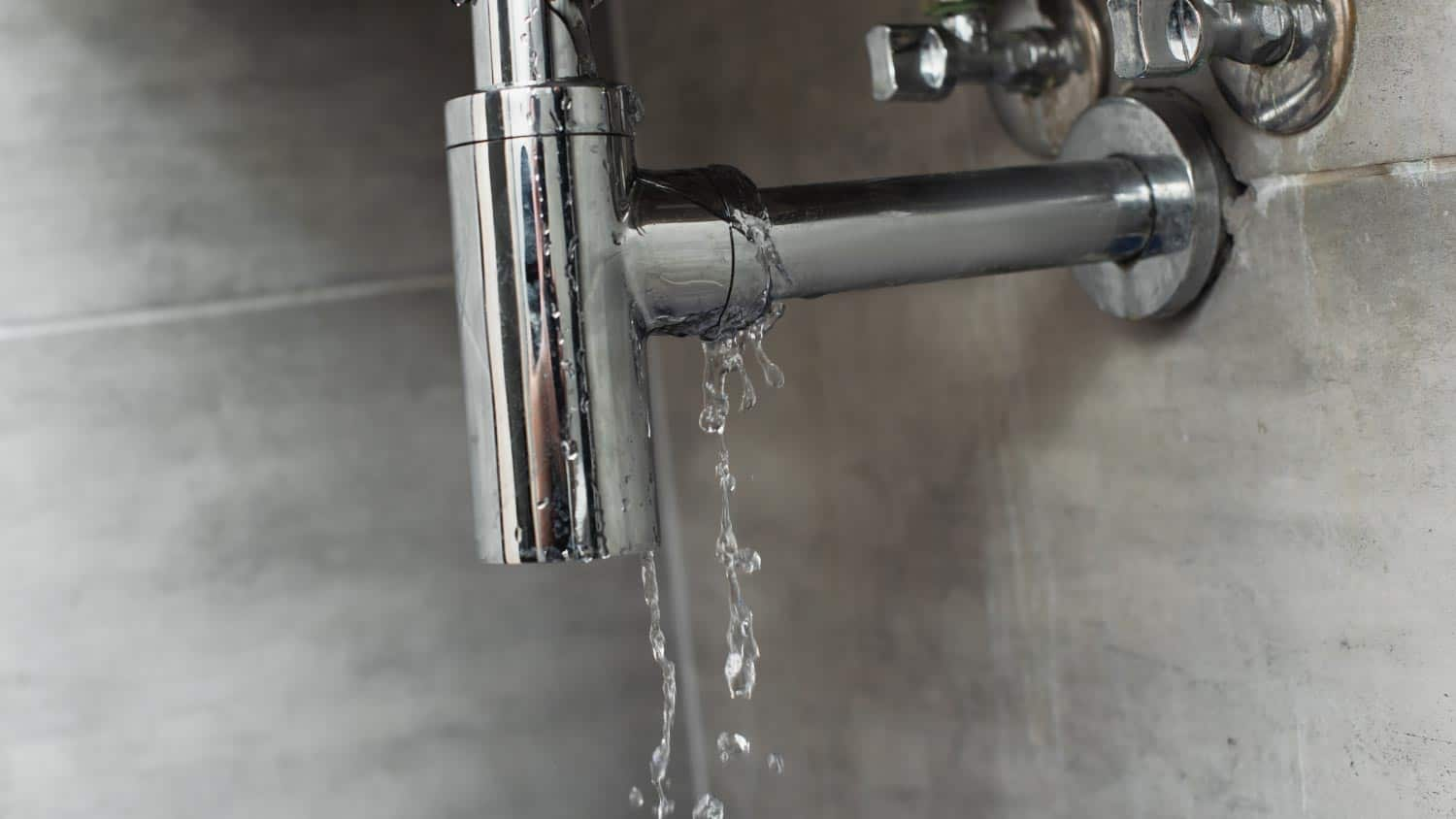Guide To Water Leak Detection At Home
Call TodayWhat're your ideas concerning Top leak detection hacks?

Early detection of leaking water lines can reduce a possible calamity. Some small water leaks might not be visible.
1. Analyze the Water Meter
Every house has a water meter. Examining it is a surefire way that helps you find leakages. For starters, shut off all the water resources. Guarantee no one will certainly purge, use the tap, shower, run the cleaning device or dishwashing machine. From there, most likely to the meter and also watch if it will certainly alter. Since no one is utilizing it, there must be no movements. That suggests a fast-moving leakage if it moves. If you discover no modifications, wait an hour or 2 and check back once again. This suggests you might have a sluggish leakage that might even be underground.
2. Inspect Water Consumption
If you detect abrupt modifications, in spite of your usage being the same, it means that you have leaks in your plumbing system. An abrupt spike in your bill suggests a fast-moving leak.
A steady boost every month, also with the exact same behaviors, shows you have a slow-moving leak that's also gradually rising. Call a plumber to extensively examine your residential or commercial property, specifically if you really feel a warm location on your floor with piping underneath.
3. Do a Food Coloring Examination
When it comes to water usage, 30% comes from commodes. If the color somehow infiltrates your dish during that time without flushing, there's a leak between the container and dish.
4. Asses Exterior Lines
Don't fail to remember to inspect your outdoor water lines as well. Should water seep out of the connection, you have a loose rubber gasket. One little leak can throw away loads of water and also increase your water bill.
5. Analyze the situation as well as examine
Home owners ought to make it a practice to inspect under the sink counters and also even inside closets for any kind of bad odor or mold growth. These 2 warnings suggest a leakage so punctual attention is needed. Doing routine inspections, also bi-annually, can save you from a significant problem.
If you recognize your house is currently old, maintain a watchful eye on your heating units, hoses, pipelines and so on. Look for discolorations and damaging as the majority of home appliances and pipes have a life span. They will certainly likewise naturally deteriorate as a result of tear and also wear. Don't wait for it to rise if you suspect dripping water lines in your plumbing system. Call a professional plumber immediately so you do not end up with a terrible mess in your home.
Early detection of leaking water lines can reduce a possible disaster. Some small water leakages may not be visible. Examining it is a surefire way that aids you uncover leaks. One tiny leakage can waste tons of water and also increase your water costs.
If you presume dripping water lines in your plumbing system, do not wait for it to escalate.
WARNING SIGNS OF WATER LEAKAGE BEHIND THE WALL
PERSISTENT MUSTY ODORS
As water slowly drips from a leaky pipe inside the wall, flooring and sheetrock stay damp and develop an odor similar to wet cardboard. It generates a musty smell that can help you find hidden leaks.
MOLD IN UNUSUAL AREAS
Mold usually grows in wet areas like kitchens, baths and laundry rooms. If you spot the stuff on walls or baseboards in other rooms of the house, it’s a good indicator of undetected water leaks.
STAINS THAT GROW
When mold thrives around a leaky pipe, it sometimes takes hold on the inside surface of the affected wall. A growing stain on otherwise clean sheetrock is often your sign of a hidden plumbing problem.
PEELING OR BUBBLING WALLPAPER / PAINT
This clue is easy to miss in rooms that don’t get much use. When you see wallpaper separating along seams or paint bubbling or flaking off the wall, blame sheetrock that stays wet because of an undetected leak.
BUCKLED CEILINGS AND STAINED FLOORS
If ceilings or floors in bathrooms, kitchens or laundry areas develop structural problems, don’t rule out constant damp inside the walls. Wet sheetrock can affect adjacent framing, flooring and ceilings.
https://www.servicemasterbyzaba.com/blog/how-to-detect-water-leakage-in-walls/

As an avid reader on Top leak detection hacks, I imagined sharing that section was a good thing. So long as you appreciated our blog posting kindly be sure to share it. Thank you for your time. Kindly stop by our blog back soon.